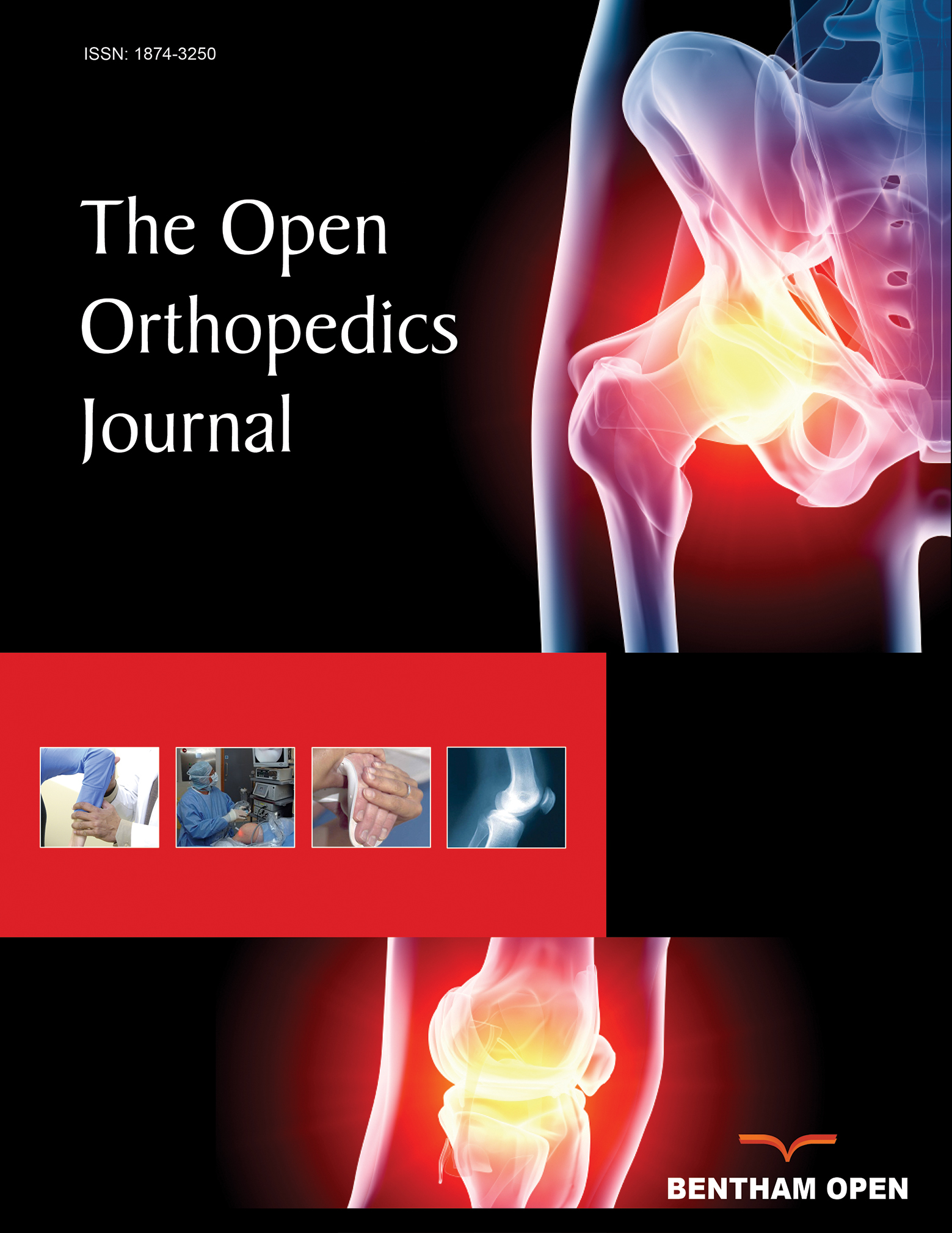All published articles of this journal are available on ScienceDirect.
Epidemiology of a Femur Shaft Fracture in an Acute Critical Care Center in a Rural Area of Japan
Abstract
Purpose:
Japan has the most rapidly aging population in the world. As of 2017, the number of people ≥65 years of age in Japan was 35.1 million, constituting 27.7% of the total population. The purpose of the study was to investigate the epidemiology in patients with a femur shaft fracture in a rural area with a super-aging population.
Methods:
Electronic medical charts from January 2011 to March 2019 were retrospectively reviewed for all patients with the main disease of ‘femur shaft fracture’ who had been transported to Numazu City Hospital. Subjects were divided into two groups based on the mechanism of injury: a Low-Energy (LE) group, which included patients who had been injured by falling down or suffered a fracture while walking; and a High-Energy (HE) group, which included patients who had been injured by traffic accidents or free fall from a high place (over 3 m). The variables were compared between the two groups.
Results:
During the investigation period, there were 58 patients with the femur shaft fracture, including 28 patients in the HE group and 30 in the LE group. The male ratio, injury severity score and ratio of open fracture in the HE group were significantly greater than in the LE group. The age and systolic blood pressure in the HE group were significantly lower than in the LE group.
Conclusion:
Among patients with femur shaft fracture in the acute critical care center in a rural area of Japan, where the population is super-aging, the frequency of HE and LE femur shaft fracture was almost the same. The fragility of the femur shaft in elderly people may explain this tendency.


